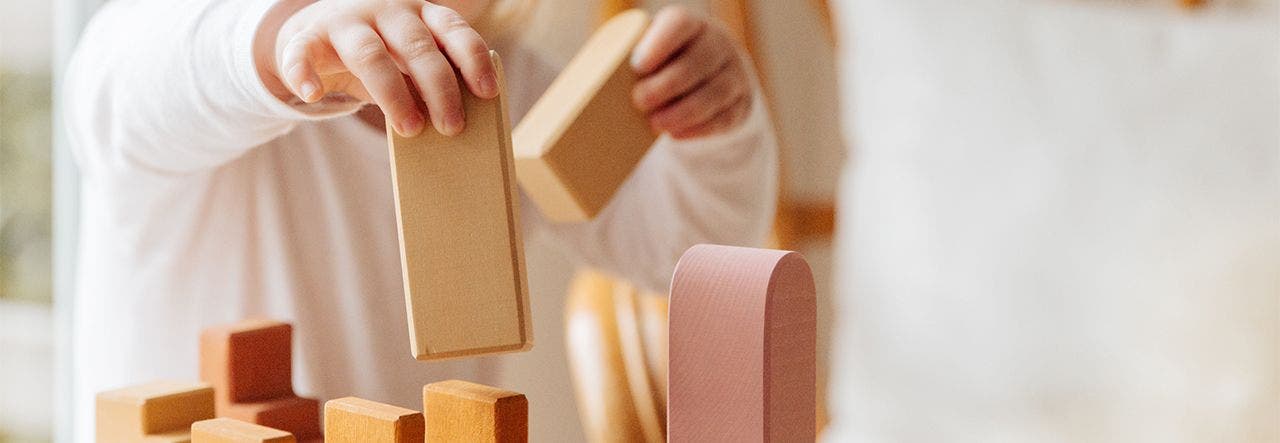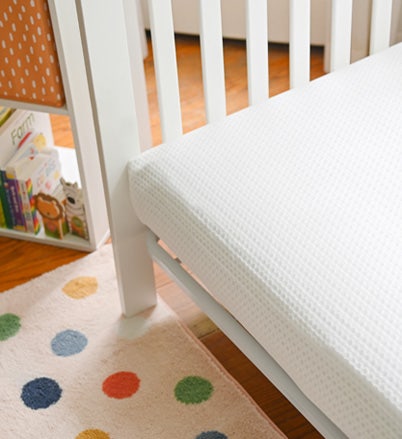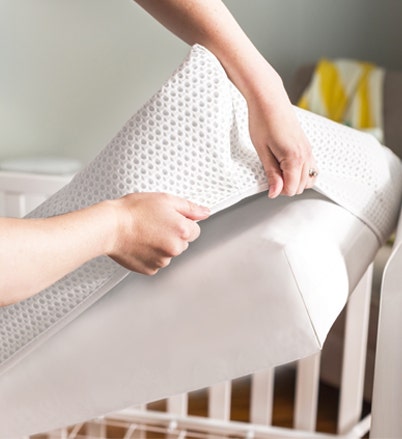5 Non-toxic Sensory Play Ideas for Toddlers
Whether you commute to work, “W-F-H” with kiddos in tow or are a stay-at-home parent, you know that entertaining a toddler is very much a full-time job! If you're looking for ways to cut down on your little one's screen time and support their development – and retain your own sanity in the process – we have two words for you: sensory play.
Even as parents, we all need time for ourselves so that we can take care of our littles in the best ways possible. After all, it is a 24/7 job looking after them! Introducing sensory play for toddlers is a great way to keep them entertained for hours on end, with some really great developmental benefits, too – here’s how to get started.
What Is Sensory Play?
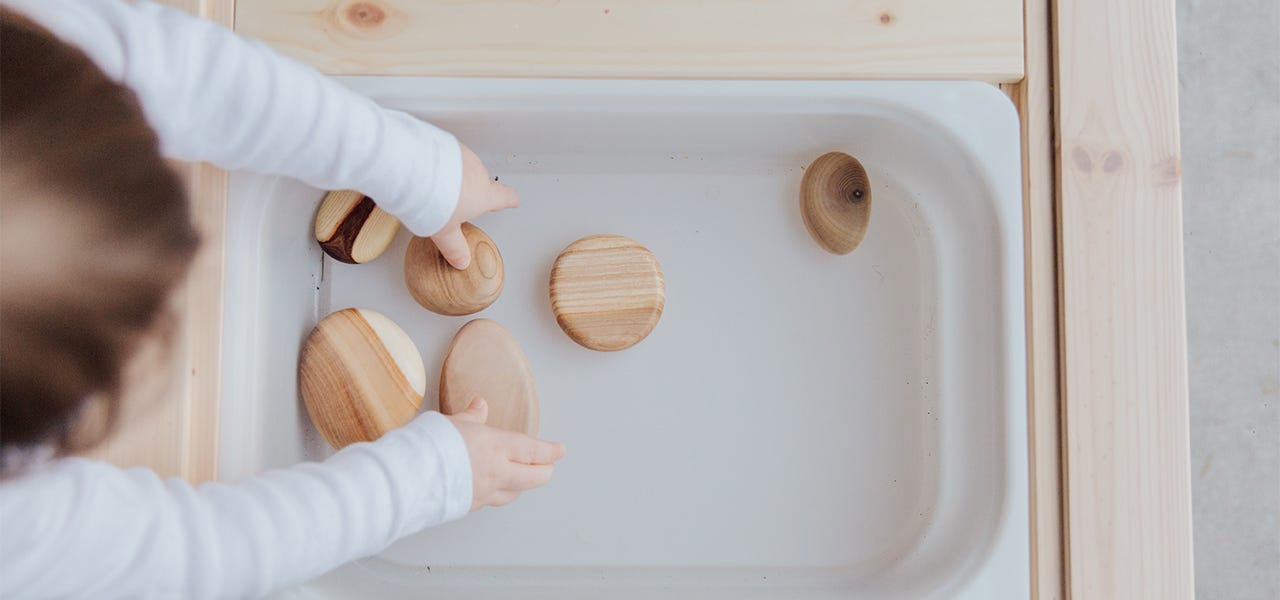

Sensory play for toddlers is essentially what it sounds like: playful activities that engage your child’s five senses. This doesn’t mean that you should be allowing your kiddo to eat their crafts or touch everything in sight, though!
Imagine yourself as a toddler, holding a piece of paper for the first time. You probably wouldn’t know what the paper is or what to do with it. In turn, you may become frustrated or even start to cry simply because you’re confused – silly as that may seem to us adults. Or, think about if you had never felt a bubble pop onto your skin. The sensation would most likely startle you, because you had never experienced it before!
Sensory play is designed to help your little one make sense of this big world around them – which is much more than paper and bubbles, of course. To explain, let’s delve into some of the reasons why sensory play is important.
Benefits of Sensory Play in Toddlers
The main benefits of sensory play are simple: learning and growing. It’s the very essence of toddlerhood! But, of course, we at Lullaby Earth are here to help you learn, too – so let’s dig into this further.
Develops Fine Motor Skills
Sensory activities help your toddler develop fine motor skills, like knowing how much pressure to put onto their marker or crayon while drawing (say goodbye to those stumpy, dried out markers!). It can also help them understand how much weight they are able to push, pull or lift.
Learning these types of skills through experience will help your toddler develop a healthy sense of their bodies and their abilities. Go, tiny and mighty hands!
Expands Language Abilities
Sensory play helps develop your kiddo’s language skills, too. When your little one engages in sensory play, they are learning how to communicate their thoughts, needs and wants with you as they experience a new sense of their environment. Your child will learn how to communicate what they’re (physically) feeling, too. And, eventually, they will learn how to describe their thoughts using bigger words and more detailed phrases.
Furthers Cognitive Development
Brain development also occurs during sensory play. Your toddler’s brain begins to associate physical feelings, like ‘sticky,’ ‘wet’ or ‘soft,’ with real-life experiences and sensations. This creates new pathways in the brain that help them make sense of the world around them. During sensory activities, your toddler will also learn how to problem solve their way through sticky situations – pun intended!
Problem-solving, cause-and-effect, observational skills – your toddler will carry all of these into childhood and beyond.
5 Non-toxic and Toddler-Friendly Sensory Play Ideas
Want to introduce sensory play into your little one’s routine? Check out these sensory play activities to help your little one learn and grow. And, all of these ideas are non-toxic and designed especially for littles, too – of course!
Touch: Wacky Water Table
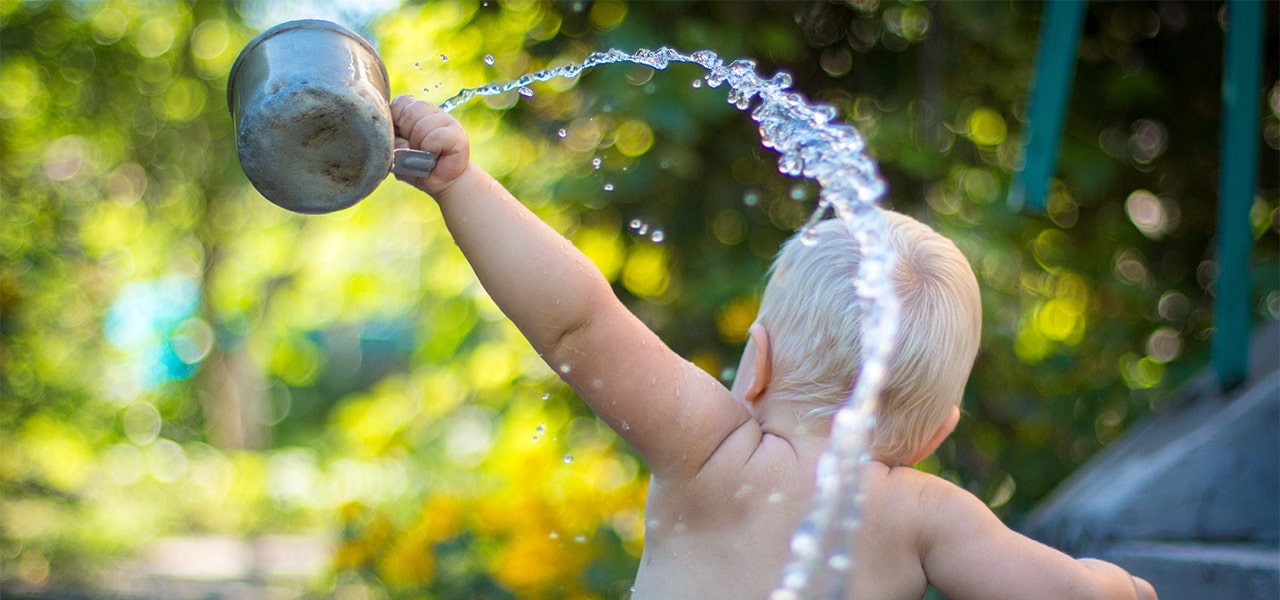

Toddlers LOVE water tables. Can we emphasize this any more? This activity is a great introduction to sensory play for toddlers that can be educational, too. As littles have already experienced water in the bath, this is a great start to incorporating sensory play into their daily activities.
Pouring water from a cup and scooping toys out of the water help develop hand-eye coordination, concentration and focus. Water tables can also help introduce more complicated concepts like math. Encourage your little one to count how many cups of water can be filled or how many toys are in the water to incorporate some great educational lessons into this activity.
Just remember: always supervise your little one when playing with water to prevent drowning or choking hazards.
Taste: Sweet or Sour?
We know that tiny toddler hands love putting practically, well, anything into their mouths. Trying this sensory activity with fresh fruits or veggies introduces new flavors to your little one and can help them identify which foods they like.
Start off by washing and cutting fresh fruits or vegetables with a variety of different flavors (and colors!) into small, bite-sized pieces. Allowing your toddler to experiment with different tastes will not only expand their food palette, but also help them learn what ‘sweet’ and ‘sour’ really taste like! This will create new flavor pathways in their brain to help identify other foods they may try, too.
Smell: Stop and Smell the Roses
What’s better than a walk in nature with your little one, you may ask? A walk where you can stop and smell the roses – literally! This is a great sensory activity that engages not only smell, but also sight and hearing.
Walk in a field, path or even in your own backyard with your toddler, and encourage them to smell different flowers. Sense of smell is important for littles because it helps them to understand more about their environment and can even help them to discover a new comfort scent, too! Scent is also shown to be linked directly to memory, so these walks help to nurture your bond with your little one and create memories for them to last a long time.
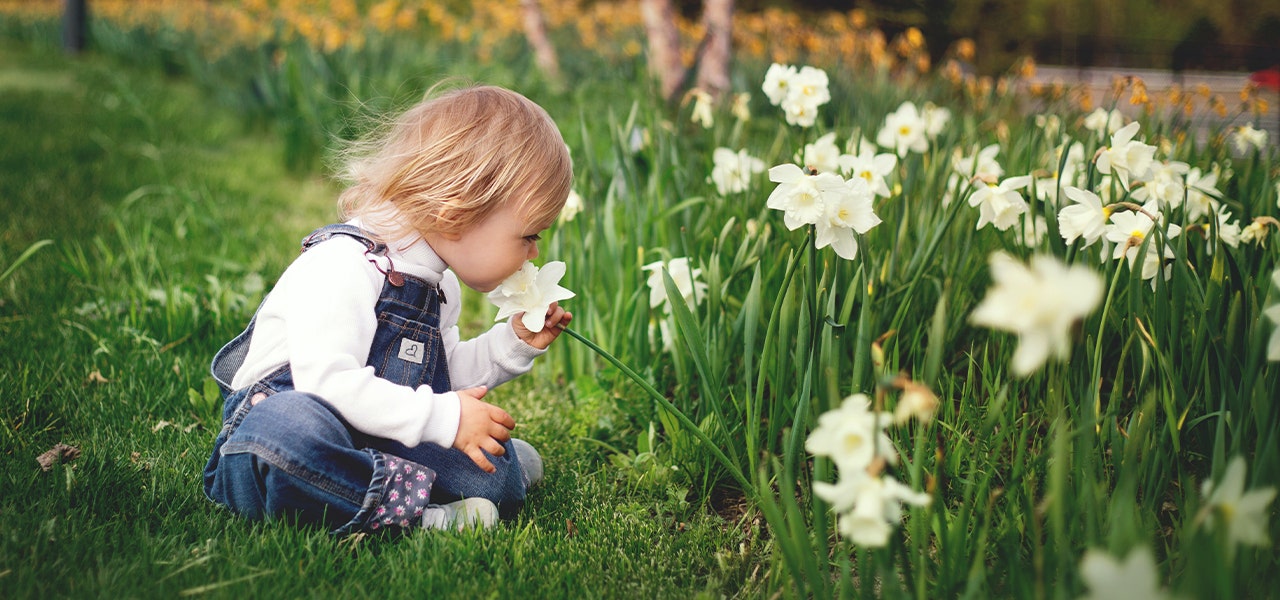

Hear: Knock, Knock, Who’s There?
Knocking on a variety of surfaces such as wood or concrete allows your toddler to explore the different noises different materials make. Engage your toddler with this hearing sensory activity by gathering different materials around your house and asking them to knock on their surfaces. Or, walk around to different rooms and see how many different ‘knocks’ there are in your home!
Encourage your little one to communicate to you what the sounds are like. This will not only help broaden their sense of hearing, but it will also help develop some of those language skills that we talked about earlier.
See: Magic Potion
This activity is sure to keep your little one entertained for hours. Begin with a sealable container, and fill it with water. Now it’s time to get creative!
Mixing oil into the water will create a lava lamp-type display that your little one can swirl and shake to engage their sense of sight. You can also find other materials around your house, such as non-toxic food coloring or even crafting beads to put into the water bottle as well. This activity is not only engaging, but it’s a great calm-down and anxiety relief tool. (If you want to use this for yourself, parents, we won’t tattle on you!)
Remember to Keep it Non-toxic
Sensory play for toddlers has so many benefits for your little one’s growth, development and learning. And incorporating this type of play doesn’t have to complicate your daily routine! With simple ideas like these, you can support your toddler’s development and create fun-filled activities that will make memories to last a lifetime. Just remember to keep things non-toxic!
Non-toxic crafts are not only beneficial for your little one, but also better for the environment. After all, your little one will likely create a lot of crafts, so it’s important to use materials that are safe for tiny hands AND reusable and recyclable – so that they’re safe for our Earth, too!

 Baby
Baby
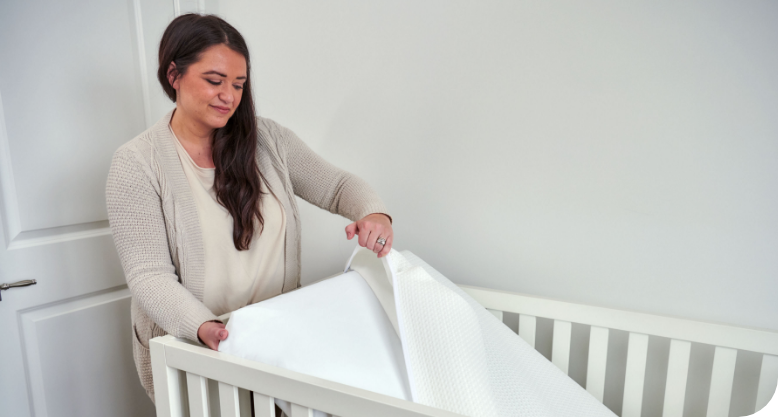
 Kids
Kids
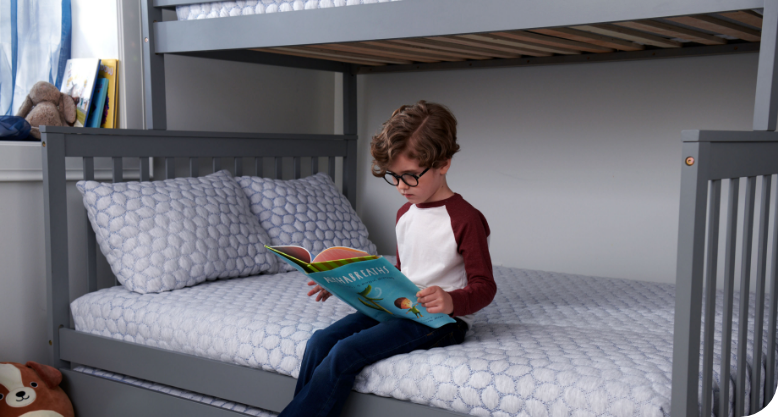
 Learn
Learn
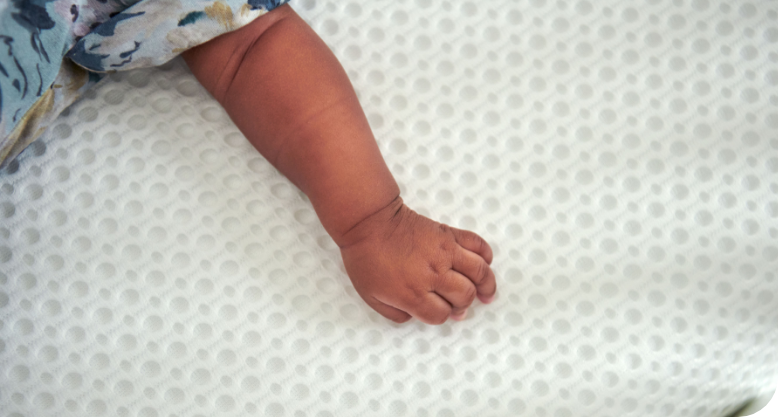
 FIND A STORE
FIND A STORE CONTACT
CONTACT